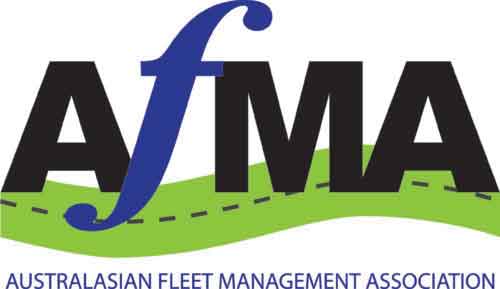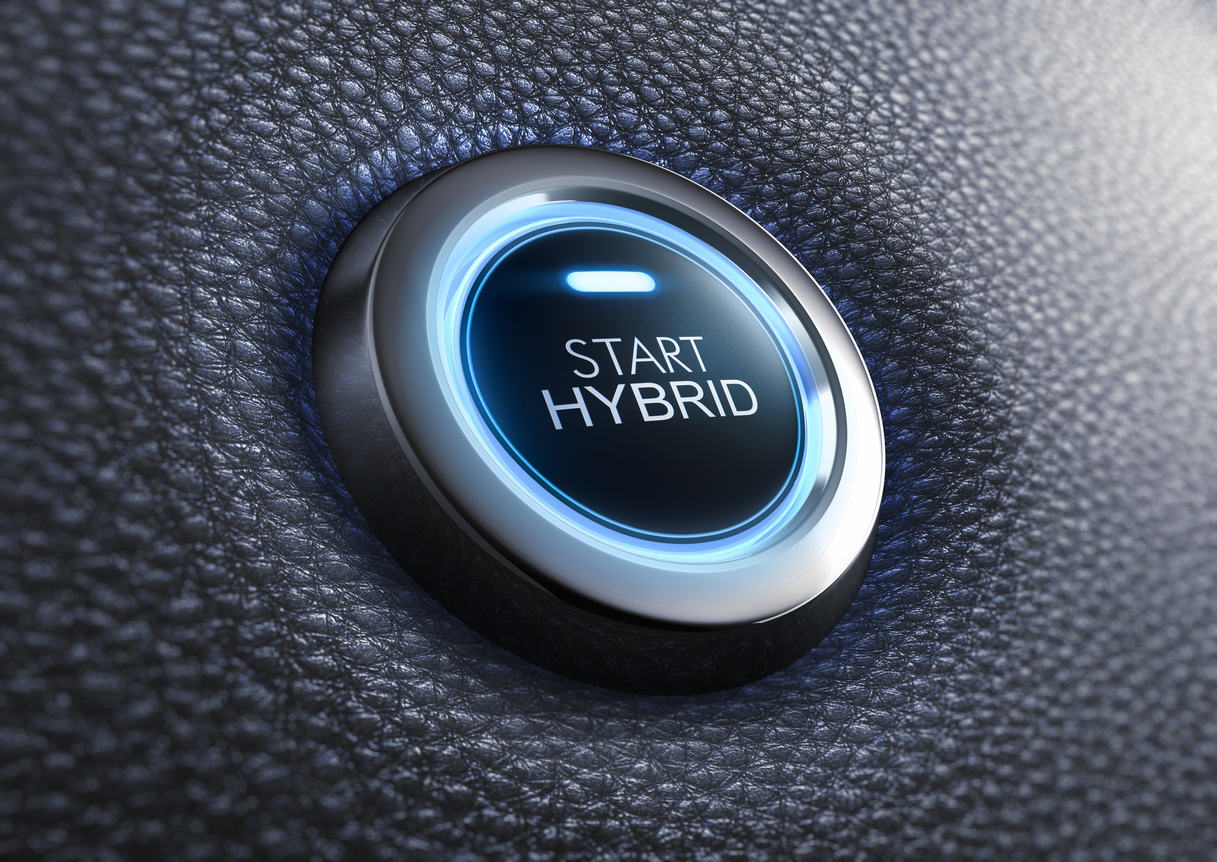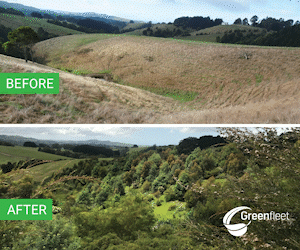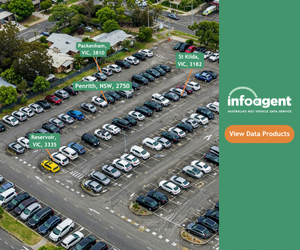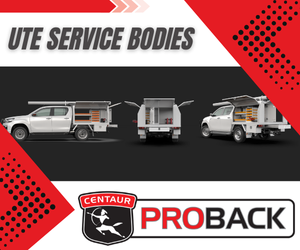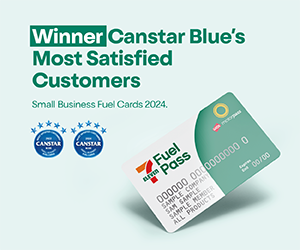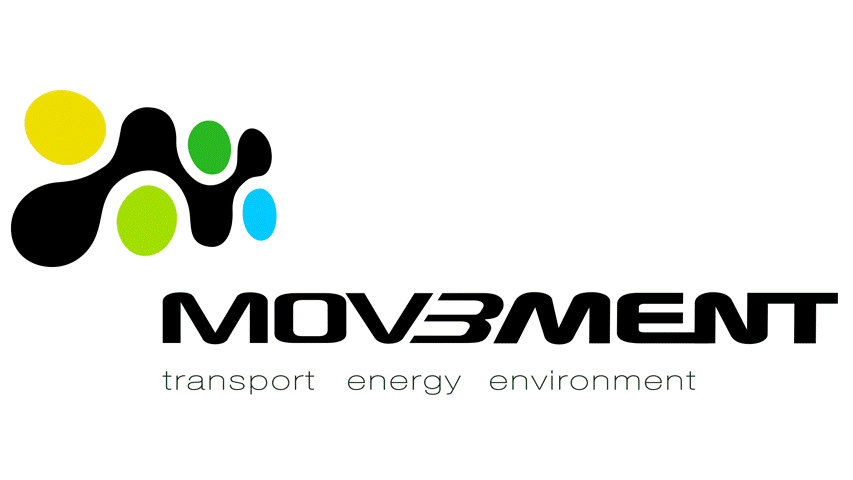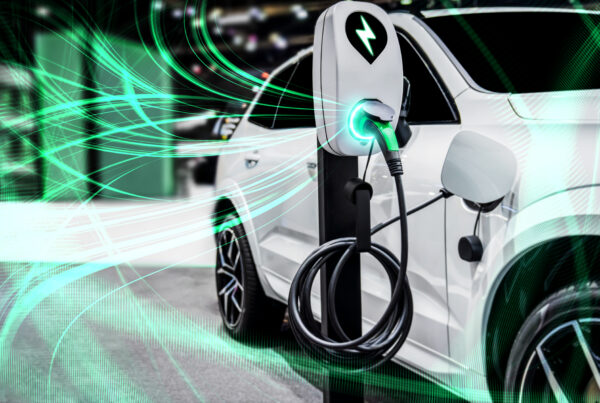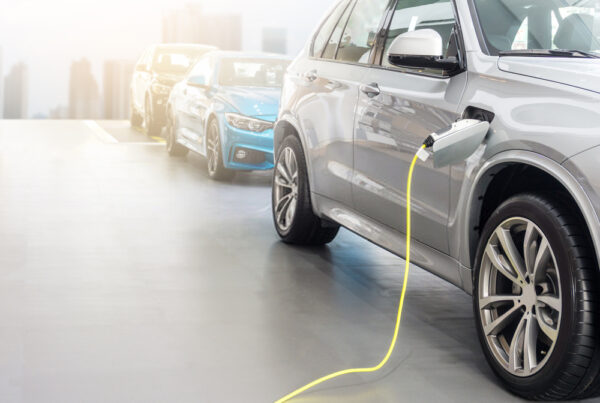Hybrid vehicles are growing in popularity, but new testing shows that not all of them deliver the fuel savings buyers might expect. Some hybrids save a lot on fuel, while others offer little or no benefit compared to regular petrol cars.
The Australian Automobile Association (AAA) tested eight popular hybrid models on real Australian roads. The results showed that fuel savings can vary widely between models even when they’re called hybrids.
Results from Real-World Conditions
Four Toyota models including the Camry, Corolla, Kluger and RAV4 showed the biggest fuel savings. The hybrid Camry used 50.2 per cent less fuel than the petrol version when tested in city driving. The Corolla (49.4 per cent less) and Kluger (44.4 per cent less) also performed strongly.
Other models did not perform as well. The Honda CR-V hybrid used 24 per cent less fuel, and the Suzuki Swift hybrid saved 18 per cent. The GWM Jolion hybrid only showed a 17 per cent improvement – less than half of what was expected from lab tests. It also costs about $7,000 more than the petrol version.
In some cases, the hybrid actually used more fuel. The Subaru Forester hybrid used 2.8 per cent more fuel than its petrol version, even though it costs about $3,000 more. Subaru has now stopped selling this version and is preparing to release a full hybrid model.
Lab Results Don’t Always Match Real Driving
AAA Managing Director Michael Bradley said many new cars don’t perform the same on the road as they do in labs.
“Our Program continues to show that lab test results on the windscreens of new cars can differ significantly from real-world performance, and cost-focused consumers should do their research before spending their money,” he said.
The AAA’s Real-World Testing Program uses a 93km route around Geelong, Victoria. It includes urban, rural and highway driving. So far, 84 vehicles have been tested, with plans to test up to 200. The program will also include electric vehicles in future.
Hybrid cars are becoming more popular in Australia. In early 2023, hybrids made up just over 6% of new car sales. By the end of 2024, that number had jumped to nearly 15 per cent.
The full results of the testing can be found at realworld.org.au.
Did you find this article interesting? Click the ‘heart’ button above to give it a ‘like’!
